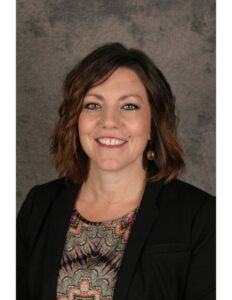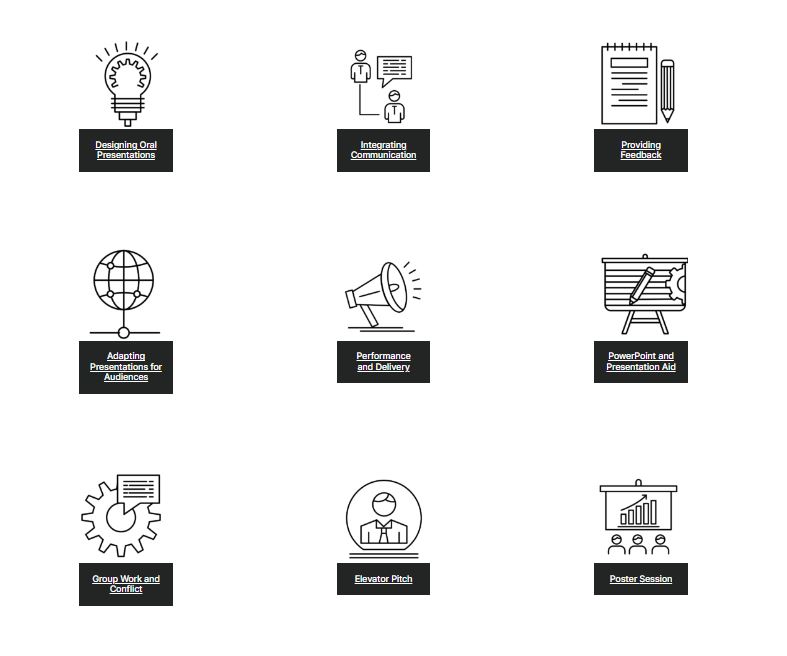Communication competency is recognized as one of the most important skills for a successful college and professional career. To support this outcome, writing courses have long been a requirement in higher education to bolster communication proficiency. More recently, additional efforts have been developed to provide students with a larger framework, including the creation of Communication Centers on college campuses — rising from a grassroots movement in the 1980s to a more defined role in the early 2000s.
Today, colleges recognize the need for further multiple, scaffolded opportunities to practice language and presentation skills throughout a student’s academic lifespan. This includes learning oral and written skills found within their chosen career track. Such an approach, known as communication across the curriculum (CxC), enhances opportunities for students to both strengthen their communication abilities and to employ in-depth content area specifics. Regrettably, however, many subject matter faculty feel ill-equipped and unsupported in their efforts to integrate communication into course curricula, expressing a need for more teaching assistance to provide student feedback on a range of communication skills — presentations, team projects, interpersonal skills — within the course framework.

Mason’s Melissa Broeckelman-Post, Professor and the Basic Course Director in the Department of Communication saw a need to intervene. This thinking was shared by Broeckelman-Post’s colleagues at two other 4-VA partner schools — Virginia Tech’s Director of Undergraduate Programs and Senior Instructor in the School of Communication Brandi Quesenberry, and JMU’s Associate Professor in the School of Communication Studies and Basic Course Director Timothy Ball. They had connected at previous conferences and were sharing ideas on CxC but saw a 4-VA grant as an opportunity to concretely collaborate on scholarship that would be helpful for all institutions.
Together, they wanted to look more closely at what would be needed to develop a CxC program at each of their schools. It was the 4-VA Collaborative Research Grant that allowed them to begin this important work.
“We knew that faculty members would greatly benefit with tools and techniques to provide their students feedback on the range of communication skills within their disciplines, including oral, written, team building, intercultural, and leadership,” explains Broeckelman-Post. “The first step in our plan was to reach out to Stephanie Norander, Executive Director of one of the nation’s leading CxC programs at University of North Carolina at Charlotte, to ensure that we utilize the best practices in building resources that will be effective for faculty on our campuses.”

From there, Broeckelman-Post, Quesenberry and Ball, assembled a team of graduate students at Mason, (Adebanke Adebayo, Aayushi Hingle, Lane Schwager, Shannon Taylor Heflin, Briana Stewart, and Sammi Tuckerman Munson) Virginia Tech (Emma Baumgardner) and JMU (Selim Njeim). Their goal was to create a robust set of flexible tools to support faculty and student learning, including online resources, individual and small group faculty curriculum consultations, and in-class workshops to help faculty embed communication skills development within their disciplinary courses that can be shared across the institutions.
Before they began, the CxC team needed a greater understanding of just what faculty in a variety of disciplines perceived as important communication skills and what they believed to be helpful for their courses. Three research question were developed:
- RQ1: How do faculty across disciplines perceive and value communication?
- RQ2: What types of support do faculty across disciplines need to incorporate communication assignments in their classes?
- RQ3: What are the most important communication skills employers across disciplines are seeking?

Faculty at all three universities were invited to join in an online study, with 232 accepting the offer. Participants represented a wide range of departments, including the social sciences, engineering and computing, health and human services, business and interdisciplinary or unspecified areas. Through the survey, a greater insight as to what aspects of communication that were important to faculty and for student’s careers was established. Notes Quesenberry, “While the results pointed us to the development of concrete communications packages, we were struck by the fact that 93.2% of all faculty identified communication as “extremely important” or “very important” to their major’s discipline.” The CxC team knew that their work was needed.
A comprehensive overview of the faculty research survey was recently published in Communication Education, with all team members who contributed to the research component of the project receiving authorship credit. Another goal of the project was to create a website with communication resources for faculty across disciplines. This robust site is now populated with a broad variety of tools to assist faculty to aid students with a range of projects including designing oral presentations, presentation performance and delivery, adapting presentations for audiences, and interviews: https://4va.gmu.edu/communication-across-the-curriculum-resources/.
The findings were shared at two different presentations at the National Communication Association annual convention. They now plan presentations at additional local conferences including Mason’s Innovations in Teaching and Learning.

“Thanks to this collaboration, we were able to develop some important tools to build effective CxC programs at all three of our universities,” notes Ball. “That’s a win for Virginia’s faculty and students.”

